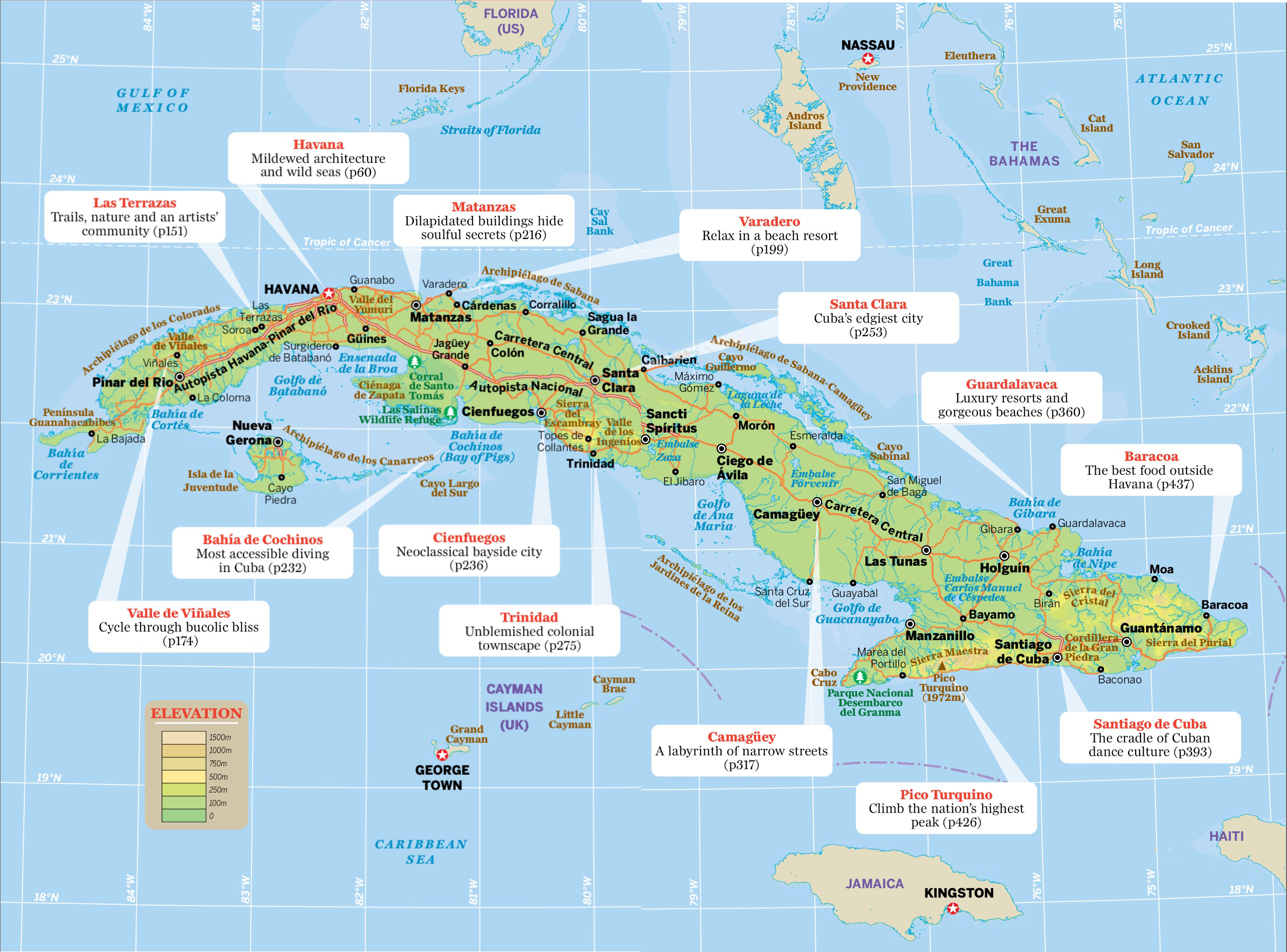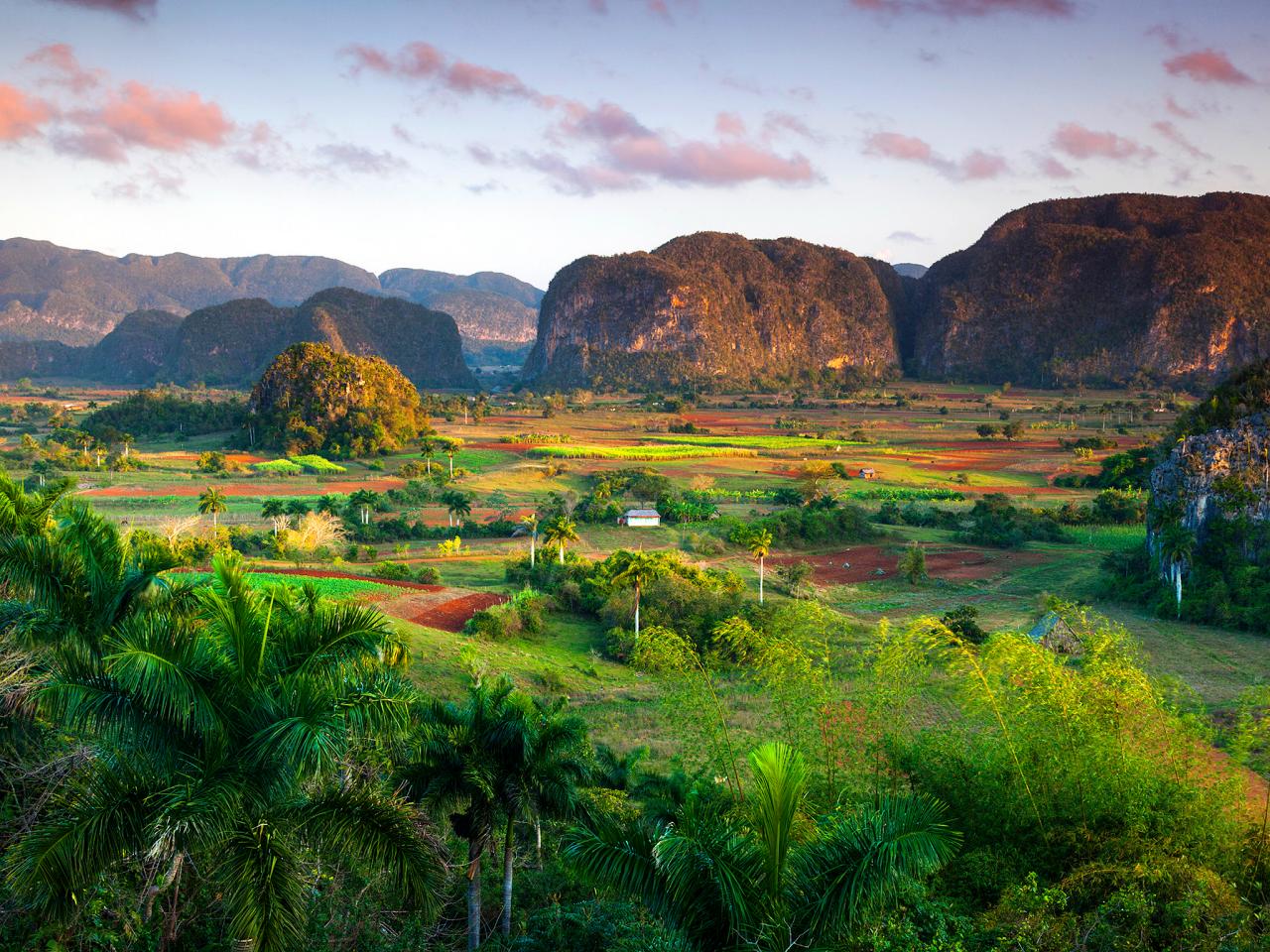Embellished by soaring pine trees and bulbous limestone cliffs that teeter like top-heavy haystacks above placid tobacco plantations, Parque Nacional Viñales is one of Cuba’s most magnificent natural settings. Wedged spectacularly into the Sierra de los Órganos mountain range, this 11km-by-5km valley was recognised as a national monument in 1979, with Unesco World Heritage status following in 1999 for its dramatic steep-sided limestone outcrops (known as mogotes), coupled with the vernacular architecture of its traditional farms and villages. Lonely Planet Guide to Cuba.
Armed with six pages of dot matrix printed paper (my bus tickets for the next 3 weeks), a list of contacts for ‘Casa Particulares’ (courtesy of Mary), and a more compact back-pack than when I arrived (left unneeded items with Loly), I jumped into the shared taxi that was to deliver me to my next destination 2-hours west of Havana.
The Viazul bus from Havana to Viñales was fully booked for the next week so I had no option but to use a shared taxi.
The car was relatively new but still dilapidated and it’s owner, Eric, drove like a maniac. He was using his mobile phone during the entire journey – making calls and sending text messages. How we didn’t run into the back of another vehicle I shall never know. My fellow companions said very little, but then neither did I.
Next stage: hiking through tobacco plantations.



